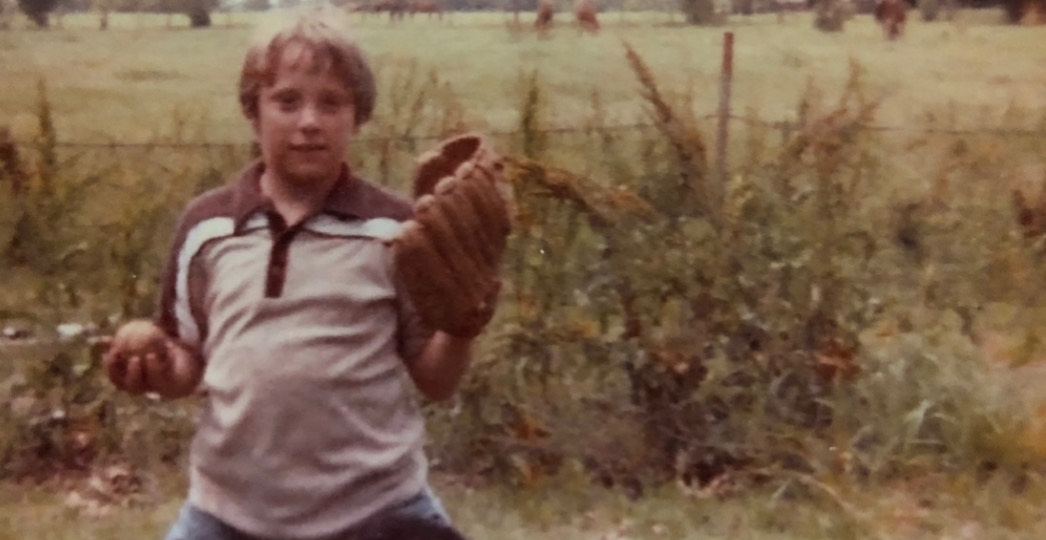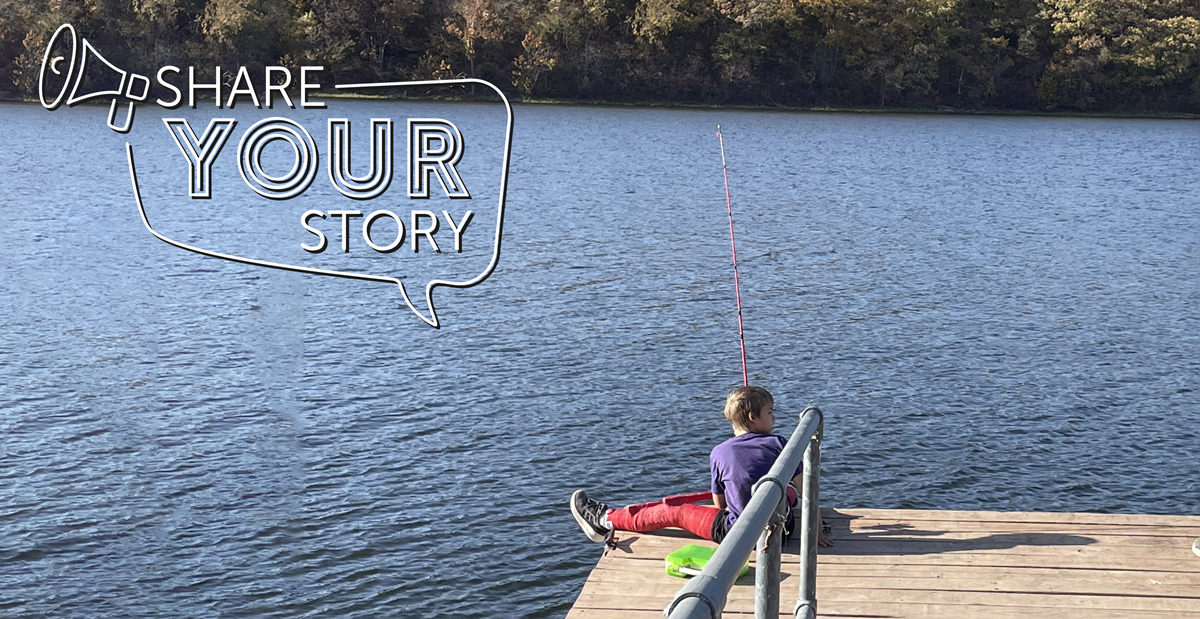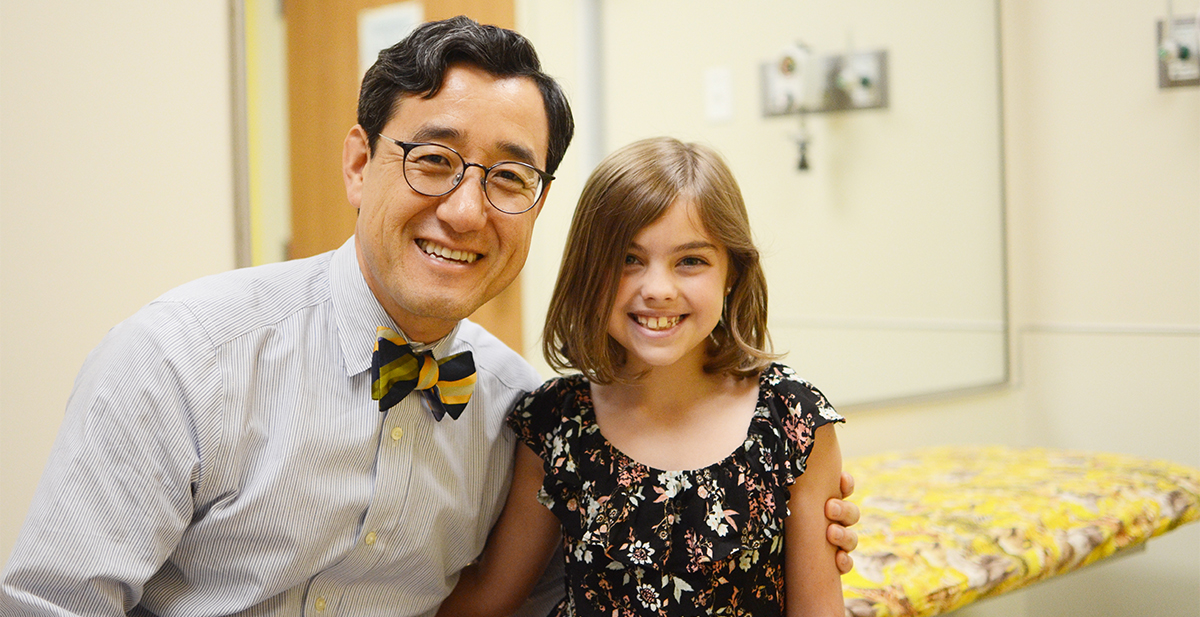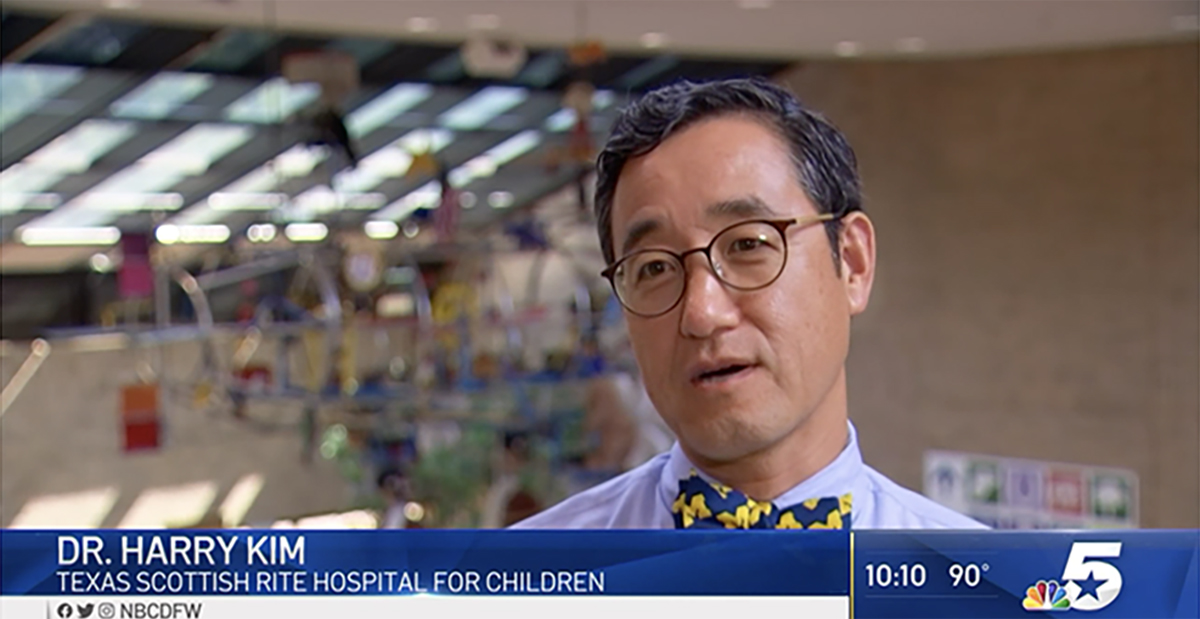It is always fulfilling to learn about the impact Scottish Rite for Children has on patients beyond treatment. Recently, former patient Dane Hammack felt nostalgic about the care he received at Scottish Rite for Legg-Calvé-Perthes disease, also known as Perthes. Dane...






